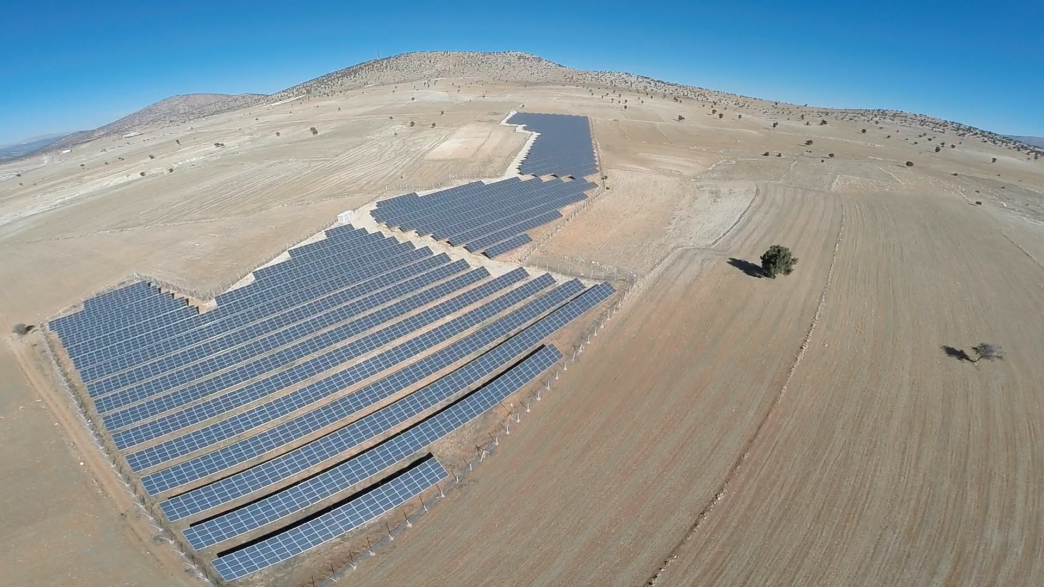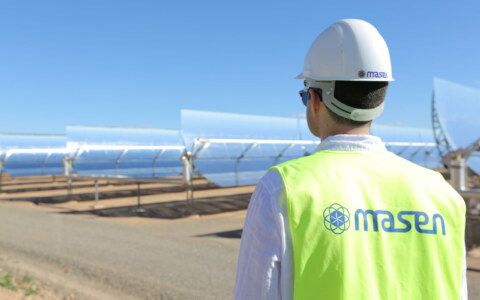Turkish Sustainable Energy Financing Facility (TurSEFF) and Commercializing
Turkish Sustainable Energy Financing Facility (TurSEFF) and Commercializing
Project Overall Goal
The goal of the projects is to address energy efficiency (EE) for the commercial, residential, and municipal sectors with a particular focus on the SME sector and smaller scale energy efficiency projects.
Executive Summary
Turkey’s growing economy, which tripled in size between 2001 and 2010, increased demand for energy. With Turkey’s domestic energy production supplying less than 30 percent of its total consumption, national policy attention turned to scaling up the deployment of renewable energy (RE) and developing the energy efficiency (EE) market in order to strengthen energy security while also improving the country’s economic competitiveness through energy savings.
In response, The Government of Turkey focused their Investment Plan for the CIF’s Clean Technology Fund (CTF) on RE development and EE, CTF and implementing partners adopted an intermediated approach in two major EE initiatives (TurSEFF & CSEF) directed at small and medium-sized enterprises (SMEs), a segment of the market with strong demand for financing of energy efficiency initiatives.
CTF’s investments in Turkey used concessional finance to lower the perceived risks of investing in EE/RE projects, which was blended with non-concessional funds provided by IFC and EBRD to enable scale. Technical assistance was used to increase the awareness within national banks about the profitability of the EE/RE sector. The impact of TurSEFF and CSEF in the Turkish lending market for sustainable energy shows the power of combining Multilateral Development Bank finance, climate finance for the private sector, and technical assistance in line with government objectives. A wider range of financial instruments is now available through national financial institutions to support climate-related investments made by the private sector. Government policies are also ensuring a resilient future for such investments, with two major milestones being the 2015 National Renewable Energy Action Plan (NREAP) and the 2018 National Energy Efficiency Action Plan (NEEAP).
In aggregate, CSEF is expected to directly mitigate over 200,000 metric tons of CO2e a year, equivalent to the emissions from over 98,000 metric tons of burned coal or over 86 million liters of consumed gasoline. CSEF’s combination of both an innovative financing model as well as comprehensive advisory services helped guide Financial Institutions through the early stages of developing and designing new financial products. In turn, this catalyzed an increase in both the supply and demand of EE leases, enabling the Turkish EE leasing market to progress from concessionally-driven to one that finances EE on purely commercial terms. As a result, IFC was able to provide a $96 million USD EE/RE loan to Yapi Kredi Leasing in 2014 on fully commercial terms. At the time, and the transaction was the largest loan provided by IFC to the leasing sector globally. Similarly, the TurSEFF business model has spawned further, more specialized versions of itself: the third iteration of TurSEFF was created without concessional finance, the TuREEFF facility targets the residential sector, and the Mid-size Sustainable Energy Financing Facility (MidSEFF) focuses on bigger investments, of between €5 and €50 million.






